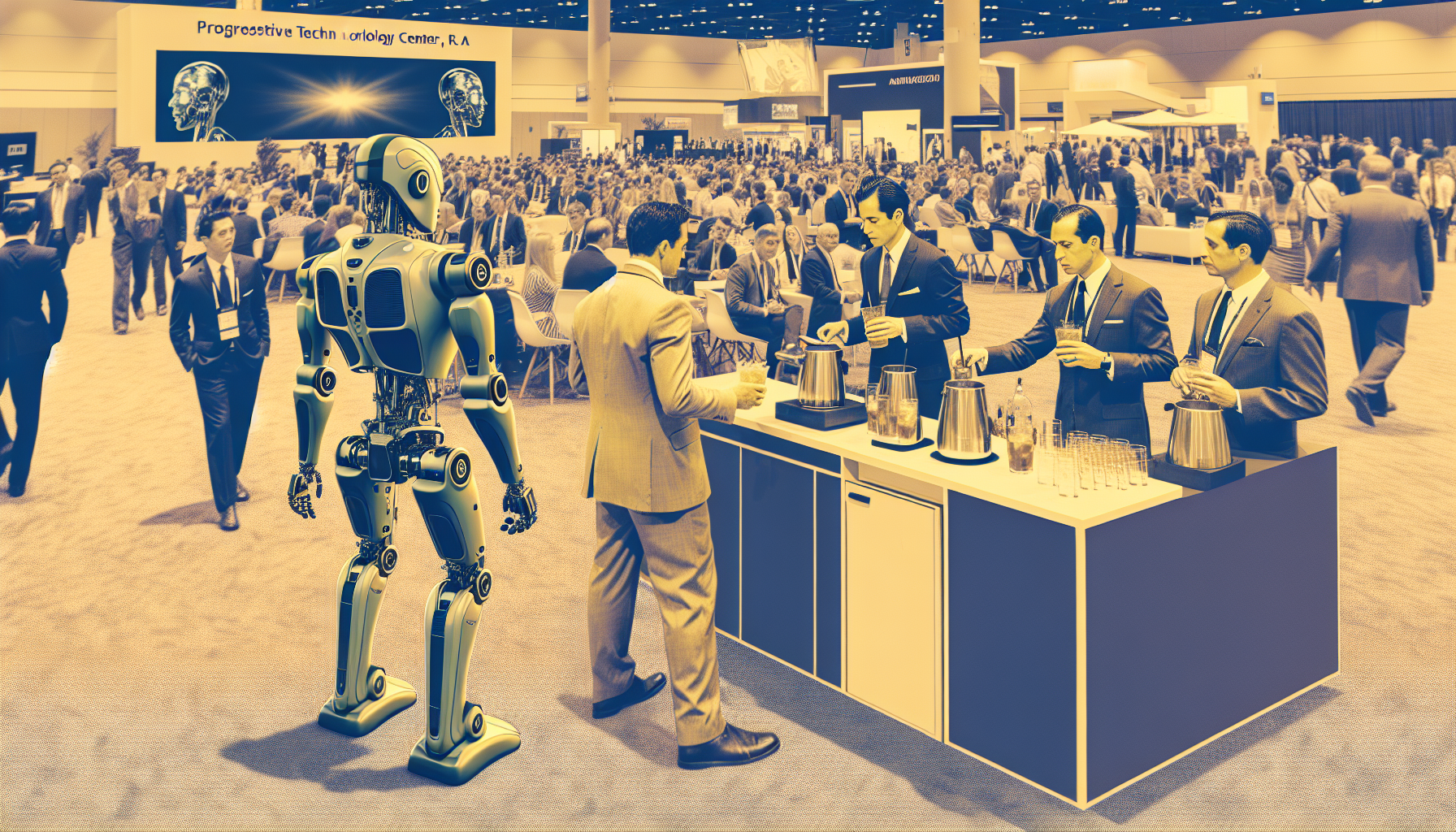“`html
Tesla recently unveiled its futuristic vision for robotics at the “We, Robot” event near Los Angeles. This impressive gathering was centered on the company’s strides in humanoid robotics, showcasing their latest creation, the Optimus robots. Dressed in sleek designs, these robots entertained attendees with an array of tasks, dazzling onlookers with their ability to walk, dance, mix drinks, and engage in lively discussions.
But behind the captivating spectacle lay a reality that many didn’t anticipate. The robots’ seemingly autonomous activities turned out to be directed by human operators, revealing a layer of intrigue beneath the event’s polished exterior.
Remote Operation Unveiled
While the event mesmerized guests with acts of technological prowess, videos and insights from insiders soon revealed that the robots were not operating on their own as initially suggested. Instead, Tesla employees were remotely managing much of the robots’ behaviors and interactions with the audience.
These remote operators enabled Optimus to perform various functions like pouring drinks, high-fiving attendees, and even playing rock-paper-scissors. When questioned about their capabilities, the robots acknowledged the assistance they received, admitting, “I’m not yet fully autonomous,” unveiling the hands behind the scene.
Market and Investor Response
The revelation of human-guided robots stirred a mix of skepticism and concern about the existing ability and market readiness of Tesla’s robotic venture. This skepticism was mirrored in the financial world, where Tesla’s stock saw a notable dip of 11% post-event. This downturn was also linked to a lack of updates on revenue models for anticipated products like the Robotaxi and the Full Self-Driving system.
Analysts’ Insights
The reactions from analysts were varied. Some expressed disappointment, noting the reliance on human intervention, while others retained optimism about the future of Tesla’s robotics. Adam Jonas from Morgan Stanley criticized the demonstration, pointing out the heavy dependence on “tele-ops,” signifying human control, rather than self-sustenance.
In contrast, George Gianarikas from Canaccord Genuity appreciated the exhibition of dexterity and progress in development. He praised Tesla’s inherent ability to potentially lead in robotics, given its expertise in relevant fields like battery tech, electronics, and mechanical engineering.
Challenges and Future Aspirations
Elon Musk has a grand vision where Optimus robots will be versatile helpers around the house—acting as teachers, babysitters, or even taking care of pets. These dream companions could one day be available for $20,000 to $30,000 each, evoking the charm of beloved robotic characters R2-D2 or C-3PO.
However, the dependency on human control highlights the hurdles Tesla needs to overcome to achieve full autonomy. The hurried addition of the Optimus showcase at the event, requested by Musk just weeks before, did not allow ample time for complete software deployment, thus requiring manual operation.
Conclusion
The “We, Robot” event shed light on Tesla’s ambitious foray into the realm of robotics while juxtaposing this ambition with immediate realities. The prowess and potential displayed by the Optimus robots were undeniable, yet the revelation of human control has curbed some excitement. It surfaced key questions about the robots’ readiness to function independently in everyday environments. As Tesla strides forward in enhancing its robotics technology, addressing these challenges will be essential in bridging the gap between current capabilities and future possibilities, offering clearer insights into the exciting potential of Optimus robots.
“`

Leave a Reply